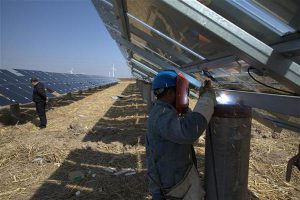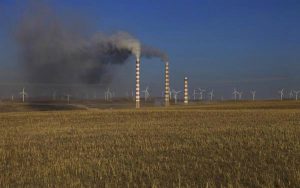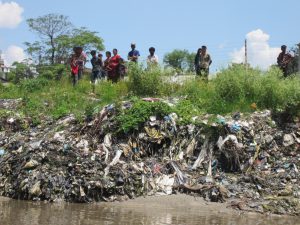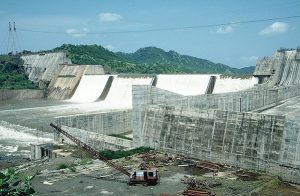The US pushed strongly for getting climate targets on the table well ahead of this year’s Paris climate summit, arguing that exposing countries’ offerings to a bit of scrutiny would encourage them to put their best foot forward. With the formal submission of its intended target last week, the Obama administration arguably has done just that.
The US contribution is, for the moment, only a declaration of intent. But by coming out early with the strongest target it believes it can muster, the White House has charted an ambitious course at home. And it is upping the pressure on China and other major economies to do the most that they can too.
The end result, hopefully, is a new agreement in Paris that not only pulls all these numbers together, but also holds countries accountable for their promises, and commits them to keep returning to the table in the years ahead to assess and strengthen their efforts.
Beyond some details on accounting methodologies, there is little new in the US’ “intended nationally determined contribution” (INDC). The headline number – an emissions reduction of 26% to 28% below 2005 levels by 2025 – was unveiled by President Obama in his joint announcement with President Xi Jinping of China last fall in Beijing.
Part of the rationale for putting numbers on the table early was to give governments and stakeholders an opportunity to assess their ambition and fairness. Some in the international community have immediately declared the US target deficient on both scores. But the US goal implies decarbonising at twice the current rate, and is in line with an 80% cut in emissions by 2050.
Limits
The contribution is based on the regulatory tools the administration has at hand, because the prospect is slim that Congress will provide any others. All told, the contribution pushes the limits of what any US administration can do under existing law.
Many in the US, and further afield, were hoping for greater detail on exactly how the target will be met.
The submission outlines the key emissions-cutting measures already in place or envisioned – such as curbs on carbon pollution from power plants, methane emissions from the oil and gas industry, and tougher standards for cars and trucks – and the statutes underlying them. But it provides no estimate of the reductions each of these measures is expected to deliver.
In that regard, the US INDC is no different than those submitted so far by other countries. Indeed, while the US target relies on existing legal authorities, the one put forward by the EU is based on legislation yet to be enacted.
Taken together, the INDCs already submitted to the UN Framework Convention on Climate Change (UNFCCC) illustrate both the virtues and the challenges of the kind of agreement that appears to be shaping up for Paris.
On the one hand, the INDCs demonstrate the autonomy and flexibility countries have in defining their own contributions to the global climate effort. Each country is deciding for itself the form, level and end date of its contribution.
So far, developed countries have put forward absolute economy-wide reduction targets, but at different levels, and with different base years and end dates. Meanwhile, Mexico, the first developing country to submit an INDC, has chosen a different kind of target – a reduction from “business as usual” emissions. Letting countries tailor their contributions to their particular circumstances is key to achieving broad participation.
Flexibility
On the other hand, this national flexibility needs to be complemented by sufficient international discipline to ensure accountability and rising ambition over time. The Paris agreement must establish a robust transparency system requiring countries to report on their implementation efforts and, if they are falling short, to explain why. And it must periodically bring countries back to the table to assess progress and offer new contributions.
Although the toughest issues remain to be negotiated, the Paris process is already pushing countries to set goals for all to see. While the planning processes underway in China would likely have proceeded on their own, President Xi’s willingness to stand side-by-side with President Obama and announce the ambitious goal of peaking China’s emissions around 2030 is in part a response to global expectations given a voice through the UNFCCC.
In the weeks and months ahead, attention will turn to China, and how it converts President Xi’s pledge into a formal INDC, and to the other major economies that have yet to show their hand. Each country should put its best foot forward, and come to Paris prepared to make the tough compromises needed to secure a meaningful, durable climate agreement.






